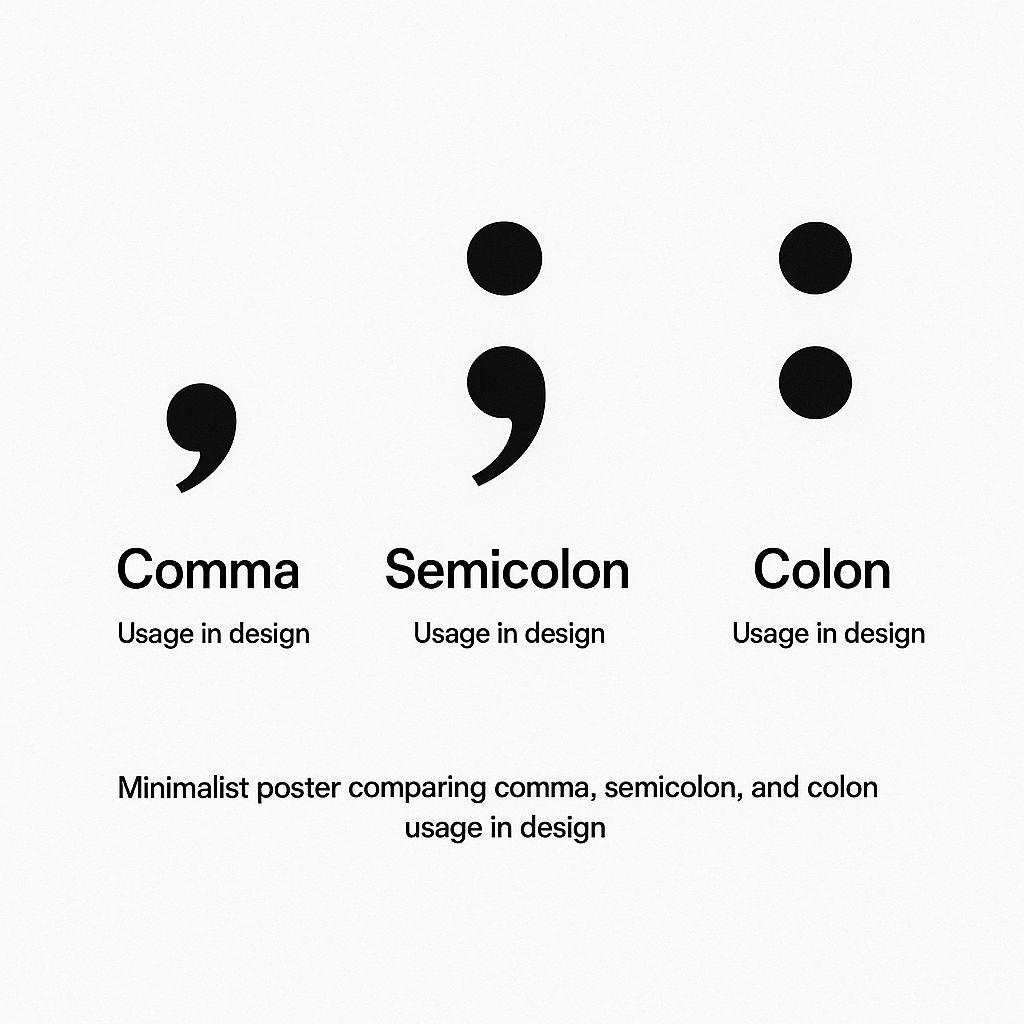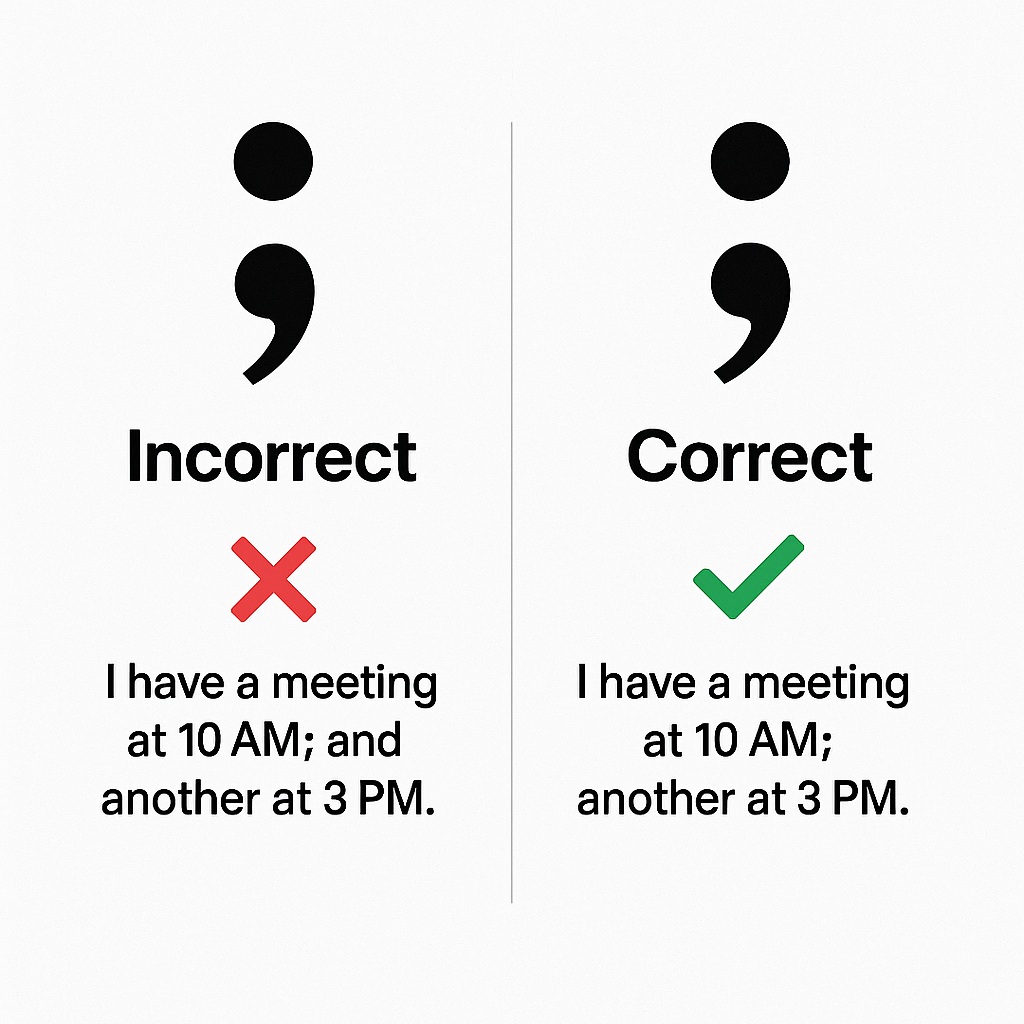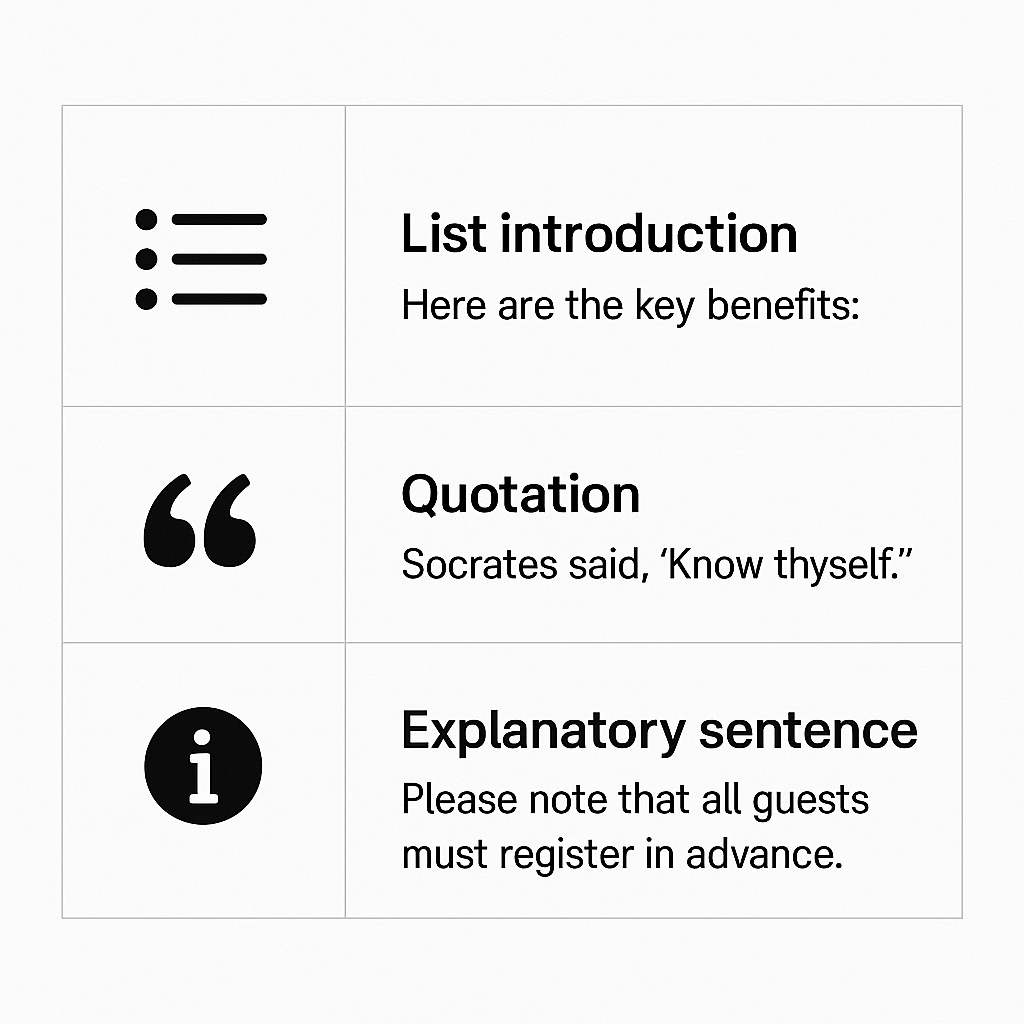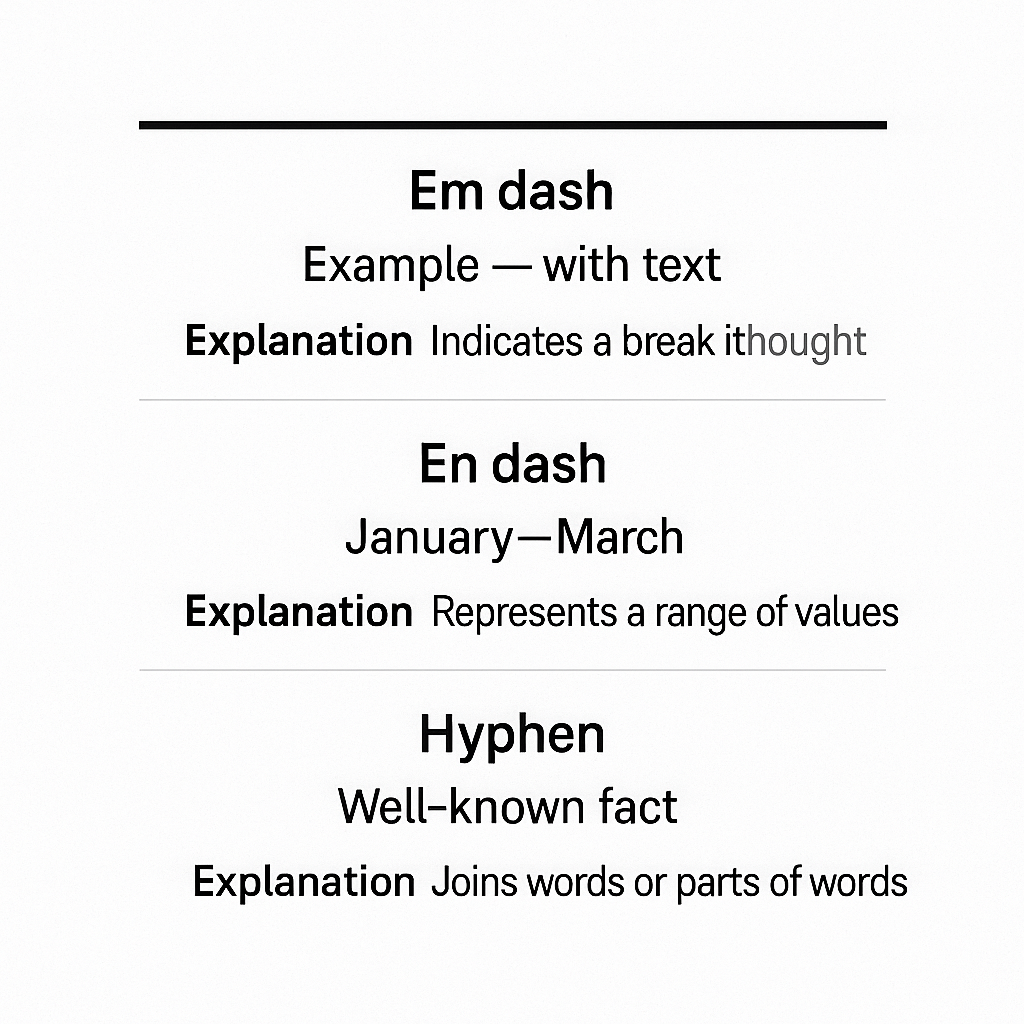Effective punctuation isn’t just a technical requirement; it’s a stylistic superpower. Whether you’re crafting a persuasive blog post, a sharp business email, or a compelling essay, punctuation can either elevate your writing—or drag it down like a typo on a résumé.
This guide isn’t another surface-level skim. It’s built for content writers, editors, students, and professionals who want to wield punctuation like a scalpel, not a hammer. Let’s go beyond the basics and dissect three underrated but powerful tools: the semicolon (;), colon (:), and dash (–/—).
Why These Punctuation Marks Matter
Let’s be real—commas and periods hog all the glory. But semicolons, colons, and dashes? They’re the unsung heroes of fluid, professional writing. They bring rhythm, emphasis, and clarity to otherwise clunky sentences. If you’ve ever read a paragraph and thought, “That flowed so well,” there’s a good chance one of these was involved.

This advanced punctuation guide will equip you with:
- Deep understanding of semicolon usage, colon usage, and dash usage
- Real-world examples for each mark
- Common pitfalls and how to avoid them
- Tips for choosing the right punctuation in context
So, are you ready to upgrade from decent writer to dazzling wordsmith?
Also see: Comma Rules for Professional Emails, Lesser-Known English Idioms, and Purdue OWL: Punctuation Guide for deeper insights.
What Is a Semicolon (;) and When to Use It?
What is a Semicolon?
A semicolon (;) links two closely related independent clauses. Think of it as a soft period: it separates thoughts more distinctly than a comma but keeps them tighter than a full stop.

When to Use a Semicolon
- Linking Independent Clauses Without a Conjunction
- The presentation was impressive; the client signed immediately.
- Before Conjunctive Adverbs (e.g., however, therefore)
- He studied all night; however, he still failed the exam.
- In Complex Lists Containing Commas
- Our team includes Jamie, the project lead; Morgan, the designer; and Chris, the developer.
Common Semicolon Mistakes
- Using it between a dependent and independent clause
- Wrong: Because I was tired; I went to bed.
- Right: I was tired; I went to bed.
- Replacing it with a comma (comma splice)
- Wrong: She loves coffee, she drinks it daily.
- Right: She loves coffee; she drinks it daily.
Also check out: Advanced Grammar Tips for Non-Native Speakers, Grammar Terms Glossary, and Grammarly: The Semicolon
Visual Suggestion
An infographic showing sentence transformations using semicolons—before and after examples.
Colon (:) Rules: Lists, Explanations, and More

What is a Colon?
A colon (:) introduces elements: explanations, lists, quotes, or expansions of an idea. It signals that something important follows.
When to Use a Colon
- To Introduce a List (after a complete sentence)
- You need three things to succeed: focus, discipline, and patience.
- To Explain or Expand on the Preceding Clause
- She had only one option: surrender.
- Before a Quotation
- The CEO said it best: “We don’t follow trends; we set them.”
- In Titles or Subheadings
- Writing Tips: How to Create Impact with Fewer Words
Common Colon Mistakes
- Using a colon after an incomplete sentence
- Wrong: My favorite things are: coffee, books, and naps.
- Right: These are my favorite things: coffee, books, and naps.
Suggested read: English Prepositions: In, On, At, Reported Speech Rules, and Chicago Manual of Style
Visual Suggestion
A side-by-side breakdown showing incorrect and correct colon use.
Dash (–/—): Em Dash vs En Dash Explained

Em Dash (—) vs En Dash (–)
- Em Dash (—): Used to insert a strong pause or parenthetical thought.
- En Dash (–): Indicates ranges (e.g., 2000–2020) or relationships (e.g., New York–London flight).
When to Use Em Dashes
- For Parenthetical Elements
- My roommate—bless his chaotic soul—cooked spaghetti on a George Foreman grill.
- For Emphasis at the End
- She opened the letter—and screamed.
- To Replace Colons or Commas for Drama
- He had only one goal—survival.
When to Use En Dashes
- To Indicate Ranges
- Chapters 5–8 cover the most critical concepts.
- For Complex Compound Modifiers
- The Los Angeles–San Diego train was delayed.
Common Dash Mistakes
- Overusing em dashes: They lose impact when thrown around like confetti.
- Confusing dashes with hyphens (-): These are NOT interchangeable.
Need clarity? Try the Grammar Checker, Blog Hub, or explore Merriam-Webster’s Style Guide.
Visual Suggestion
A visual chart comparing em dash, en dash, and hyphen with usage examples.
Semicolon vs Colon: Key Differences
Each of these punctuation marks plays a distinct role:
| Function | Semicolon | Colon | Em Dash |
|---|---|---|---|
| Connect clauses | ✓ | ✓ (informally) | |
| Introduce information | ✓ | ✓ (dramatic) | |
| Add parenthetical | ✓ |
Common Punctuation Mistakes to Avoid
- Use semicolons when your thoughts are complete but related.
- Use colons when you want to point your reader’s attention to what’s next.
- Use dashes for flair—but sparingly.
Which do you use most in your writing—and why? Try experimenting with the others to add variety.
Conclusion: Write Like a Pro
Mastering advanced punctuation transforms your writing from serviceable to sophisticated. The right semicolon can clarify a point; the right colon can guide your reader; the right dash can add drama or detail.
Try incorporating these marks in your next piece—and feel the difference. Have a punctuation dilemma? Drop it in the comments below.
Need to paraphrase a confusing sentence? Try the Paraphraser Tool, the Summarizer, or even Hemingway App for clarity checks.
